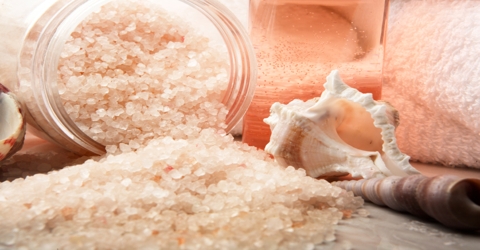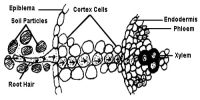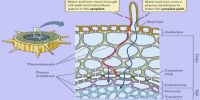Absorption Difference between Water and Mineral salt
Water
- Process of the absorption: Mostly through passive absorption.
- Metabolic absorption: It is not required directly in water absorption.
- Condition of Elements: Absorbed as water molecules.
- Regions for absorption: Most of the water is absorbed through root hair regions.
Mineral salt
- Process of the absorption: Mostly through active absorption.
- Metabolic absorption: It is required directly in mineral absorption.
- Condition of Elements: Absorbed as mineral salt ions.
- Regions for absorption: Most of the mineral salt is absorbed through the apical regions of roots where cell division occurs.
The properties of water that make it biologically important are its molecular polarity, thermal stability, fusion and boiling points that permit it to remain liquid in most environments, acid-base impartiality, small molecular size and low chemical reactivity.
Mineral salts, glucose, proteins and urea are the main regulating particles for the osmolarity of an organism.















